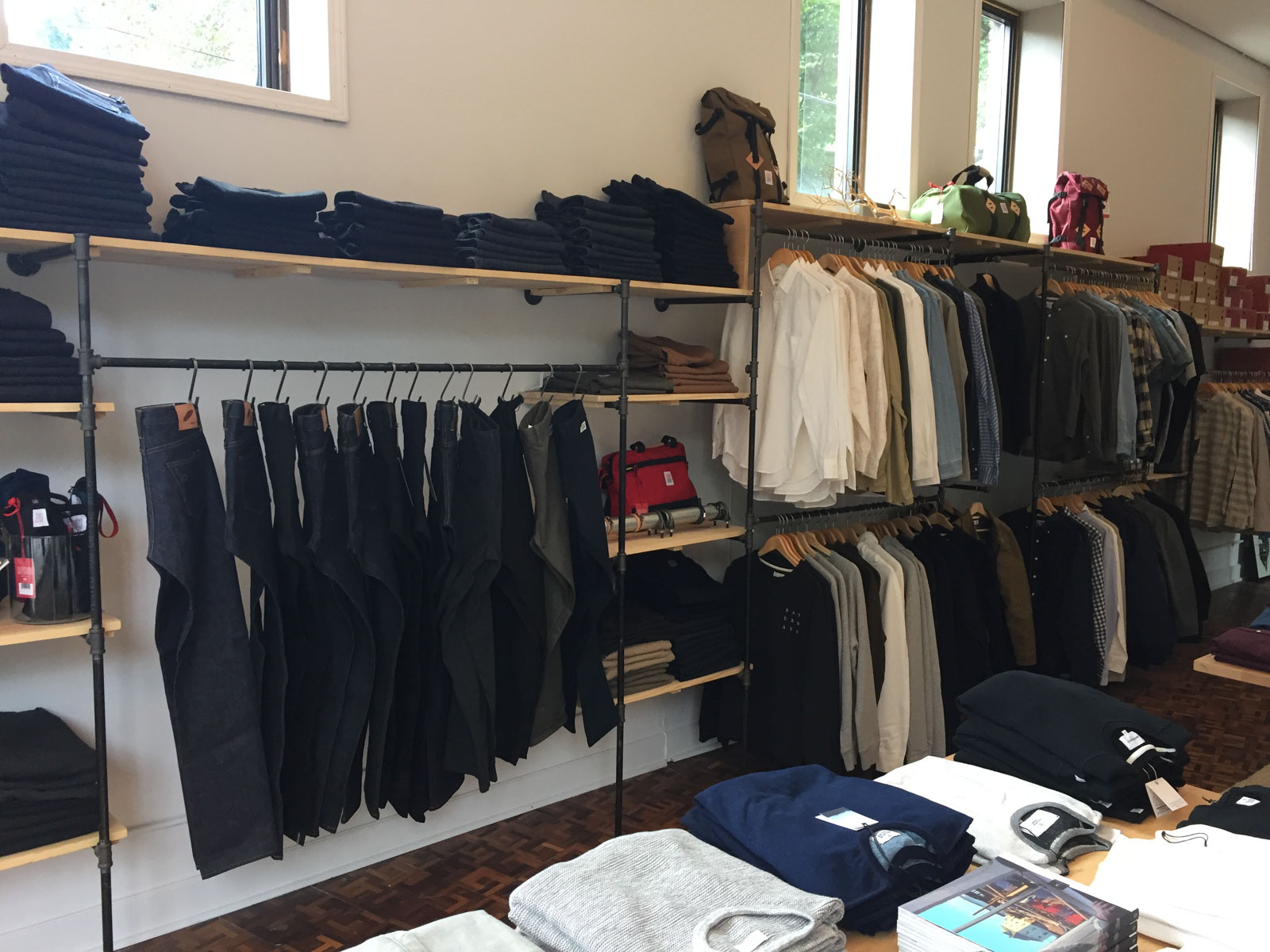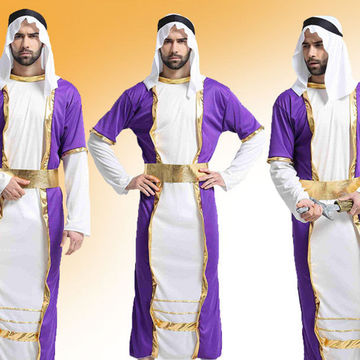Latest Fads in Eastern Wear Pakistan : A Comprehensive Guide for 2024
Wiki Article
Discover the most effective Option of Genuine Eastern Put On
Start a journey via the complex world of genuine Eastern wear, where social practices and sartorial elegance intertwine to create a tapestry of exceptional charm. The appeal of Eastern clothing depends on its capability to transcend time and geography, providing a look right into the abundant heritage and craftsmanship of diverse regions. As you explore the myriad designs and styles, each item holds a tale waiting to be untangled, inviting you to embrace the artistry and refinement that Eastern style encapsulates. Prepare to be mesmerized by the allure of Eastern wear and submerse yourself in a world where every garment is a testament to centuries-old practices and exquisite workmanship.History of Eastern Style

Eastern fashion has also been formed by different occupations, trade courses, and colonial influences over the centuries. The blending of various cultures has actually caused special clothes designs that are abundant in history and symbolism. Today, Eastern fashion proceeds to captivate the international market, with developers drawing motivation from typical attire to develop modern-day analyses that appeal to a large audience. The abundant tapestry of Eastern style history functions as a testimony to the creative thinking and workmanship of the artisans who have added to its evolution.
Sorts Of Eastern Clothing
Checking out the diverse range of conventional garments found in Eastern cultures reveals an interesting tapestry of styles and styles that reflect social identifications and special histories (eastern wear pakistan). From the intricate embroidery of Indian sarees to the streaming silhouettes of Japanese robes, Eastern clothing incorporates a large range of designs. In South Asia, the stylish and vibrant salwar kameez is a preferred selection for women, while guys typically select the traditional kurta pajama. Relocating towards the Center East, the flowing abayas and complex kaftans are synonymous with traditional Arabian style. In East Asia, the sleek lines of Chinese cheongsams and the strong shades of Korean hanboks showcase the rich sartorial heritage of these areas. Additionally, Southeast Asia flaunts the complex batik prints of Indonesia and the skirts of Malaysia. Whether it's the luxurious materials of Persian clothing or the minimalist elegance of Vietnamese ao dai, Eastern clothing uses a fascinating glance into the varied cultures and customs of the East.Craftsmanship and Materials
A thorough assessment of Eastern clothing reveals the thorough workmanship and splendid products that underpin these standard garments. Eastern wear is renowned for its complex needlework, fragile handwork, and attention to information that display the ability and artistry of the craftsmen. From the lively sarees of India to the streaming robes of the Center East, each garment is a work of art of accuracy and commitment.Workmanship in Eastern clothing often involves time-honored strategies passed down via generations. Craftsmens spend hours, in some cases days, diligently developing intricate patterns and layouts that decorate the material. Whether it's the zardozi work on a Pakistani shalwar kameez or the kantha stitching on a Bangladeshi saree, the degree of craftsmanship is unrivaled.
Furthermore, the materials made use of in Eastern wear are very carefully selected to make certain both quality and credibility. eastern wear pakistan. Fabrics like silk, cotton, velour, and chiffon are generally utilized, each picked for its special residential or commercial properties that boost the final garment. Decorations such as beads, bangles, and mirrors add a touch of prestige and high-end to these typical ensembles, making them truly stand out in the globe of style
Popular Eastern Use Patterns
Current years have actually witnessed a resurgence in the appeal of traditional Eastern wear, with a remarkable focus on blend designs and modern adjustments. One noticeable trend in Eastern wear is the incorporation of modern components into typical clothing, creating a distinct mix of cultural heritage and contemporary style. Designers are reimagining traditional shapes, such as the saree and salwar kameez, by infusing them with western cuts, ingenious draping techniques, and unique decorations.
Furthermore, minimal looks and monochromatic color combinations have actually obtained grip in Eastern wear, providing a sophisticated and downplayed appearance. This change towards simpleness reflects a modern take on typical styles, attracting those seeking a more classy and refined style declaration.
Tips for Designing Eastern Clothes
Including modern-day components and traditional craftsmanship right into Eastern use opens up a myriad of styling chances for style fanatics looking to produce culturally abundant and distinct clothing. When styling Eastern clothing, it's crucial to find an equilibrium in between standard aspects and contemporary trends.Devices play a vital function in boosting an Eastern attire. Pay focus to footwear selections, opting for traditional mojaris or juttis for a complete Eastern-inspired attire.
Finally, confidence is key when styling Eastern put on. Accept the social heritage and craftsmanship behind each piece, and use it with pride to absolutely embody the significance of Eastern fashion.
Conclusion
To conclude, Eastern fashion offers a special mix of tradition and modernity, showcasing the abundant cultural heritage and craftsmanship of the East. With a varied series of styles and materials, Eastern outfit mesmerizes style fanatics worldwide. By exploring the history, types, workmanship, and fads of Eastern wear, people can welcome the charm and narration elements of this social outfit in their closet.The background of Eastern style traces back centuries, mirroring diverse cultural influences and standard workmanship. Today, Eastern fashion continues to captivate the worldwide market, with designers drawing ideas from traditional attire to create contemporary analyses that appeal to a vast target market. One famous pattern in Eastern wear is other the unification of modern-day components right into traditional outfits, creating a distinct blend of cultural heritage and contemporary fashion.Incorporating contemporary aspects and standard craftsmanship right into Eastern put on opens up a myriad of styling possibilities for fashion enthusiasts looking to create special and look at this now culturally rich outfits. eastern wear pakistan.In final thought, Eastern fashion supplies an unique mix of practice and modernity, showcasing the rich social heritage and craftsmanship of the East
Report this wiki page